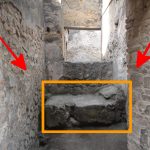Murud-Janjira: The Siddi Dynasty’s Invincible Citadel
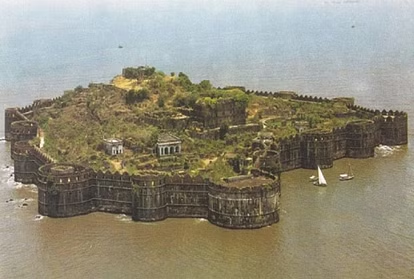
Perched majestically on the rugged coast of Maharashtra, India, Murud-Janjira fortifies its reputation not only as a bastion of architectural prowess but also as an enduring symbol of defiance and resilience. Constructed in the 16th century by Abyssinian Muslims known as the Siddis, this formidable stronghold remained unconquered throughout its tumultuous history until India’s independence in 1947. Despite numerous attempts by various powers—including the Nizamshahis, Marathas, Portuguese, Dutch, French, and English—the fort steadfastly resisted all efforts of subjugation.
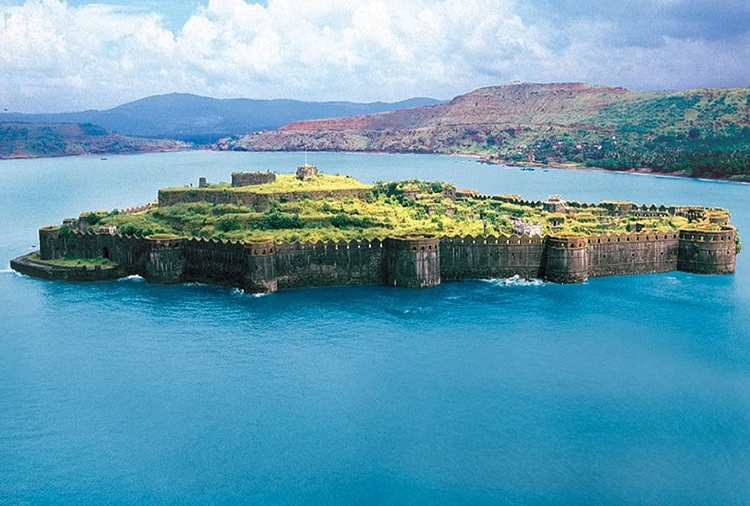
The Siddis, renowned for their military prowess and maritime expertise, established Murud-Janjira as their stronghold and center of power in the region. Strategically situated on an island off the Arabian Sea coast, the fort’s impregnable walls and strategic location rendered it virtually impervious to conventional siege tactics employed by contemporary forces.
The fort’s architecture itself reflects the ingenuity of its builders. Massive stone walls, adorned with bastions and cannon mounts, encircle the island, creating a formidable barrier against would-be invaders. Intricate water supply systems and hidden passages within the fort ensured its inhabitants could withstand prolonged sieges and maintain their independence even in the face of prolonged assaults.
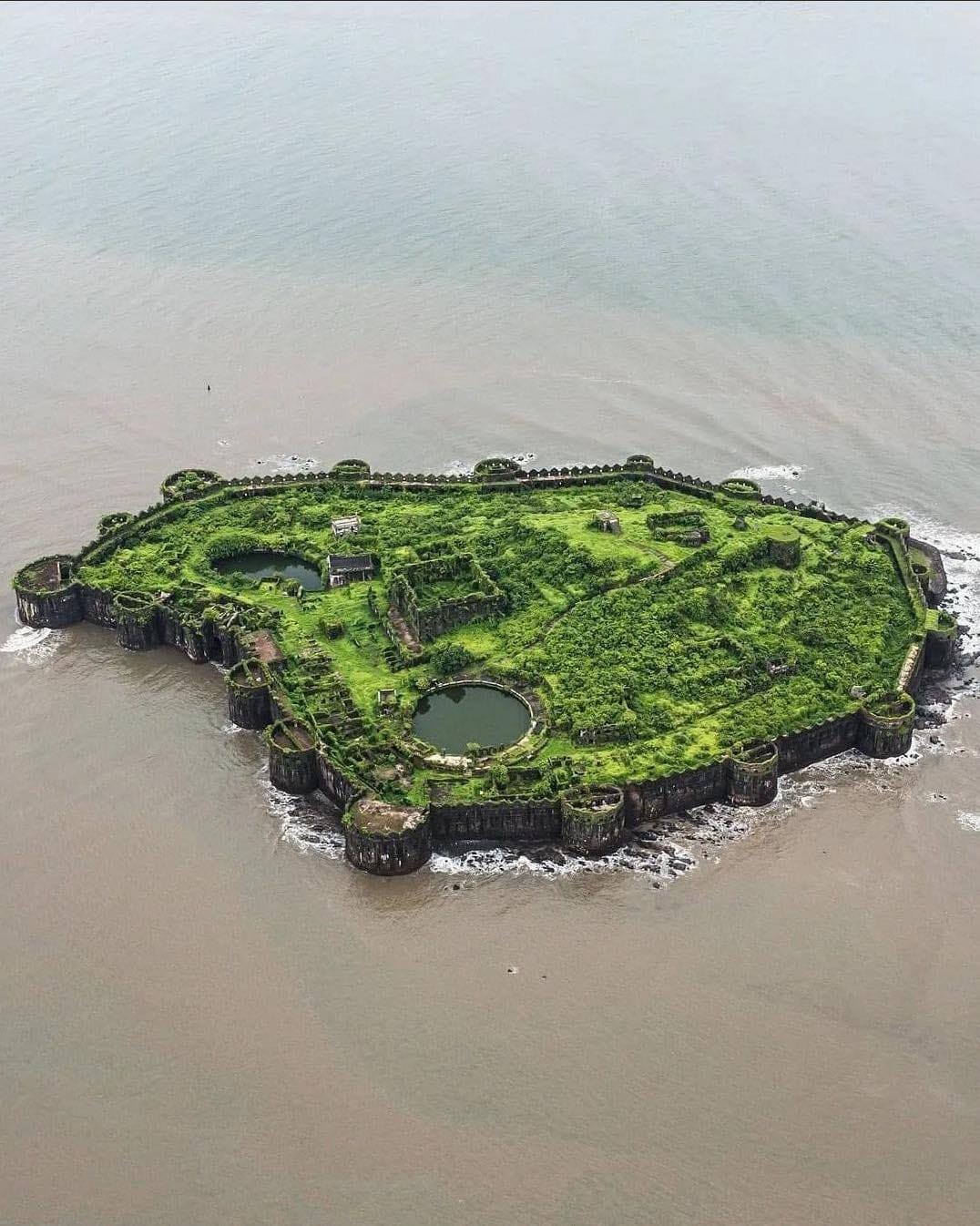
Throughout its storied history, Murud-Janjira stood as a testament to the Siddis’ determination to maintain sovereignty over their territory. Despite facing formidable adversaries such as the Portuguese naval fleets and Maratha armies, the fort’s strategic advantages and the Siddis’ unwavering resolve ensured its continued autonomy.
The resilience of Murud-Janjira extended into the colonial era, where European powers vied for control over coastal territories in India. The Portuguese, Dutch, French, and English each attempted to conquer the fort, recognizing its strategic importance in dominating maritime trade routes and coastal defenses. However, time and again, they were thwarted by the Siddis’ mastery of naval warfare and the impregnability of the fort’s defenses.
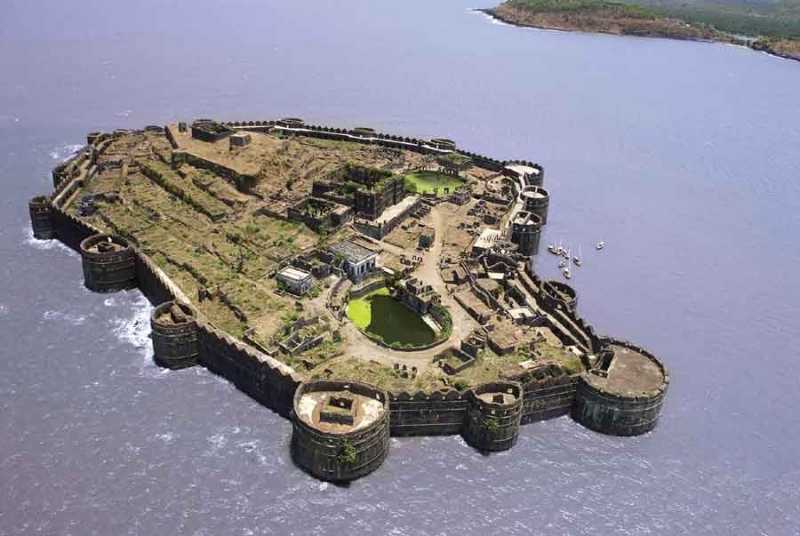
Murud-Janjira’s eventual integration into the Indian Union in 1947 marked the end of an era of independent fortresses resisting colonial rule. Its legacy endures not only in its architectural splendor but also in the tales of bravery and resilience associated with the Siddi rulers who defended it for centuries.
In conclusion, Murud-Janjira fort stands as a testament to the indomitable spirit of the Siddi dynasty and their steadfast determination to maintain sovereignty over their coastal stronghold. Its impregnable walls and storied history continue to inspire awe and admiration, preserving the memory of a time when courage and fortitude defied the mightiest of empires and ensured the fortress remained unconquered for centuries.





